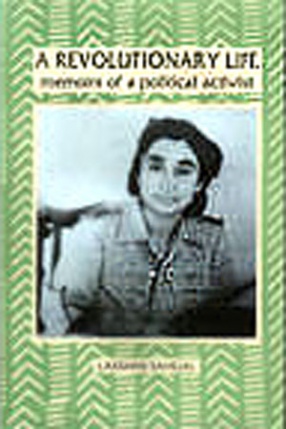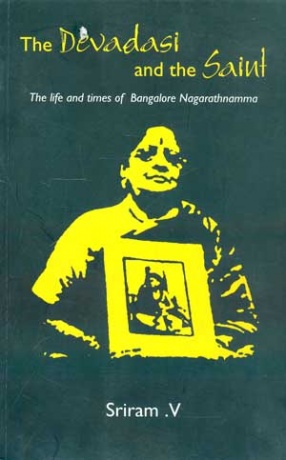Female Deficit in India: Facts and Factors
Synopsis
One of the disturbing features of 2001 population census results is the declining in Juvenile Sex ratio, from 945 girls per 1000 boys in 1991 to 927 in 2001 (18 point decline) in India and from 975 to 964 (11 point decline) in A.P. This decline has been very rapid in the four economically developed states (Punjab, Haryana, Himachal Pradesh and Gujarat). Prof. Asish Bose called these States as DEMARU States (D for daughters, E for elimination or extinction, Maru means killing). It implies that female foet uses or children are mercilessly killed for reasons ranging from custom and tradition to social and economic burden. The unholy alliance between tradition (son complex) and technology (ultrasound tests) is playing havoc with the Indian society. Although, the overall sex ratio in India has increased from 927 females per 1000 males in 1991 to 933 in 2001. It is much below the world's average of 992. It has in fact declined during the last century from 972 in 1901 to 933 in 2001. Social and bio-medical studies point to (a) higher female mortality than males and (b) discrimination against women in terms of food and nutrition, education and health care. We have received 25 research papers covering various aspects of female population viz., changes in the age-specific sex ratios, status of women (mortality, literacy and gender violence), status of the girl children (schooling and child labour) and government policies for protecting girl children.
Read more
61.20
55.08
$
68.00 $
Free delivery Wolrdwidе in 10-18 days
Ships in 2-4 days from New Delhi
Membership for 1 Year $35.00
Get it now and save 10%
Get it now and save 10%
BECOME A MEMBER
Books by the same authors







Bibliographic information
Ch. Appa Rao